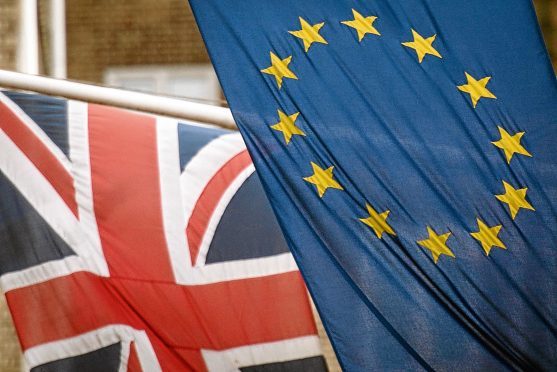European farmers could be left at a disadvantage by losing the UK’s “rational voice” in agricultural policy discussions post-Brexit.
Liam Condon, head of Bayer’s crop science division, said the UK was one of the European Union’s toughest proponents for basing policy decisions on scientific facts.
Losing that perspective meant European farmers could be forced to follow environmental and farm policies which were based on emotion, rather than a course of action which offers most benefits.
“Not having the strong, scientific voice of the UK is a disadvantage for Europe and will probably harm European agriculture over time,” Mr Condon told journalists during the Bayer Youth Ag Summit in Brussels.
“There are countries, such as France, that are much more ideological and are less inclined to take a science-based approach.
“The UK has been willing to stand up and make a decision while most countries sit on the fence and swing towards popular opinion.”
Mr Condon said favouring evidence-based policy decisions meant leaving the EU could be beneficial to UK growers, as the government may be open to alternative solutions to farming’s challenges.
“If you have less ideological baggage and your government supports science and innovation, scientific solutions might be more readily available,” he said.
But he warned that the UK farming sector would need to continue working to educate the public about the need to follow the scientific route of decision-making, particularly around issues such as chemical use.
“There’s a perceived risk, which means we have to do a lot of consumer education about why farmers are doing things,” he added.
“It’s often not a simple story, and that’s part of the challenge. We need people to understand what is healthy, nutritious and sustainable, and the more we can do that the better.”










